articles

Beyond Single-Dimensional Metrics for Digital Sustainability
Using multi-dimensional, rich metadata-supplemented metrics for measurement of energy consumption include higher transparency, less scope to game the metrics and more channels to implement actions that make systems greener.

Happy Green New Year to You in 2022!
Best wishes from the Green Software Foundation.

Wishing You A Merry Green Christmas and Happy Holidays!
Christmas and holiday greetings from the Green Software Foundation
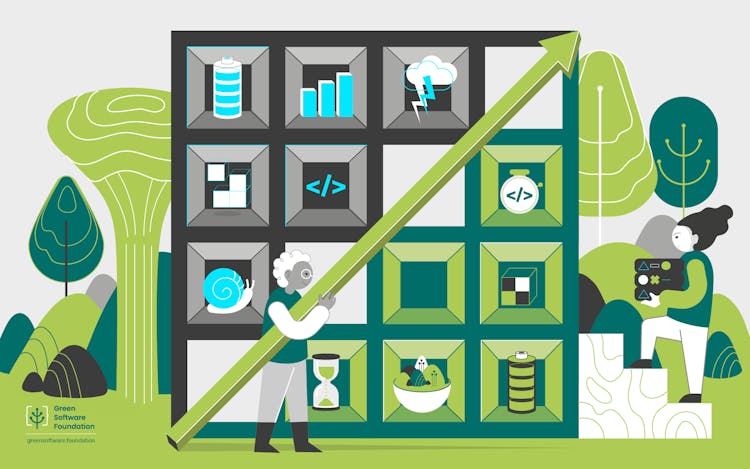
GPS-UP: A Better Metric For Comparing Software Energy Efficiency
Learn about Greenup, Powerup and Speedup (GPS-UP), an easy to use energy metric that helps developers, students, and researchers understand the energy efficiency of their optimizations in order to make informed choices.
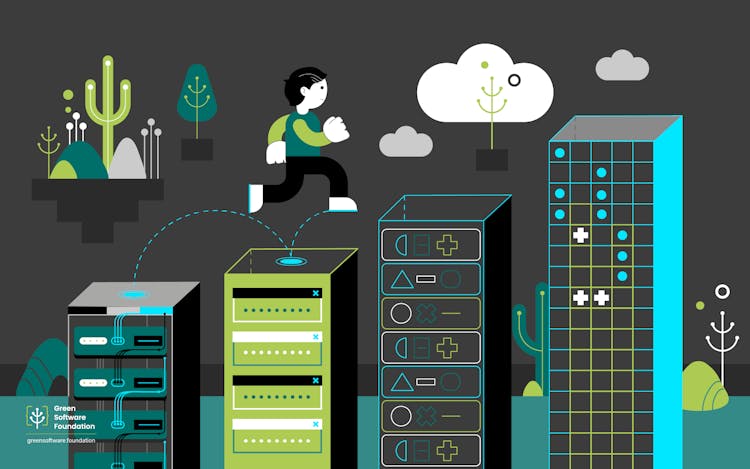
A Demand Curve for Compute
The author borrows the idea of demand curves and different ways to generate electricity, and helps us consider the different ways we can provide a commodity like computing.
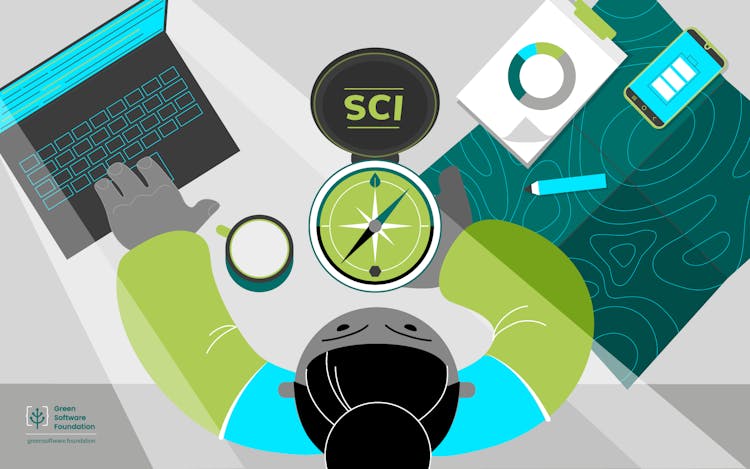
The Green Software Foundation Releases Alpha Version of Software Carbon Intensity Specification for Comment
The Green Software Foundation releases the alpha version of their Software Carbon Intensity (SCI) specification for comment. SCI is is a method of scoring software systems based on their carbon emission.
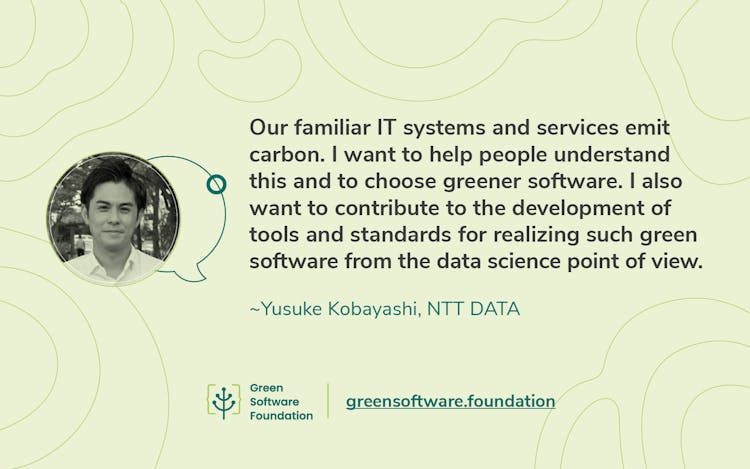
Meet a Steering Committee Member: Yusuke Kobayashi of NTT DATA
Yusuke is the Manager, Green Innovation Office at NTT DATA. He wants to help establish standards so that all developers can know whether they are developing green software.
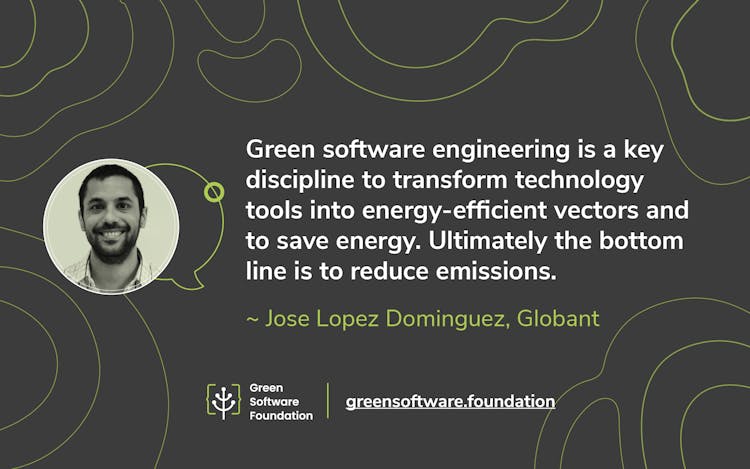
Meet a Steering Committee Member: Jose Lopez Dominguez of Globant
Jose is a Tech Manager at Globant. He believes that the biggest obstacle to green software is the lack of consciousness of the environmentally adverse impacts in software development.
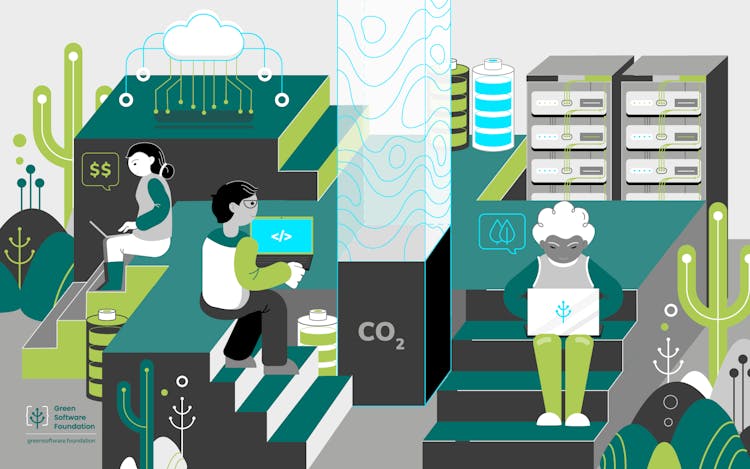
Role of Performance Engineering in Designing Carbon Efficient Applications
How can you use performance engineering and performance testing to make carbon efficient applications?
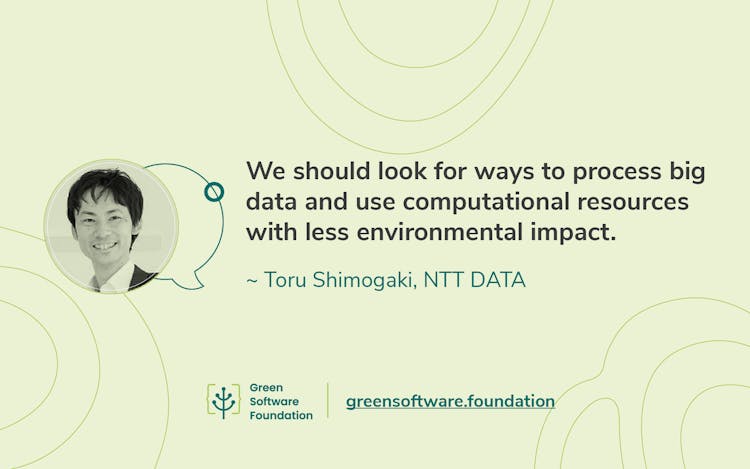
Meet a Steering Committee Member: Toru Shimogaki of NTT DATA
Toru Shimogaki of NTT DATA believes that developing emission standards for software and making them easy to use would help people clearly see the link between software and emission reduction.